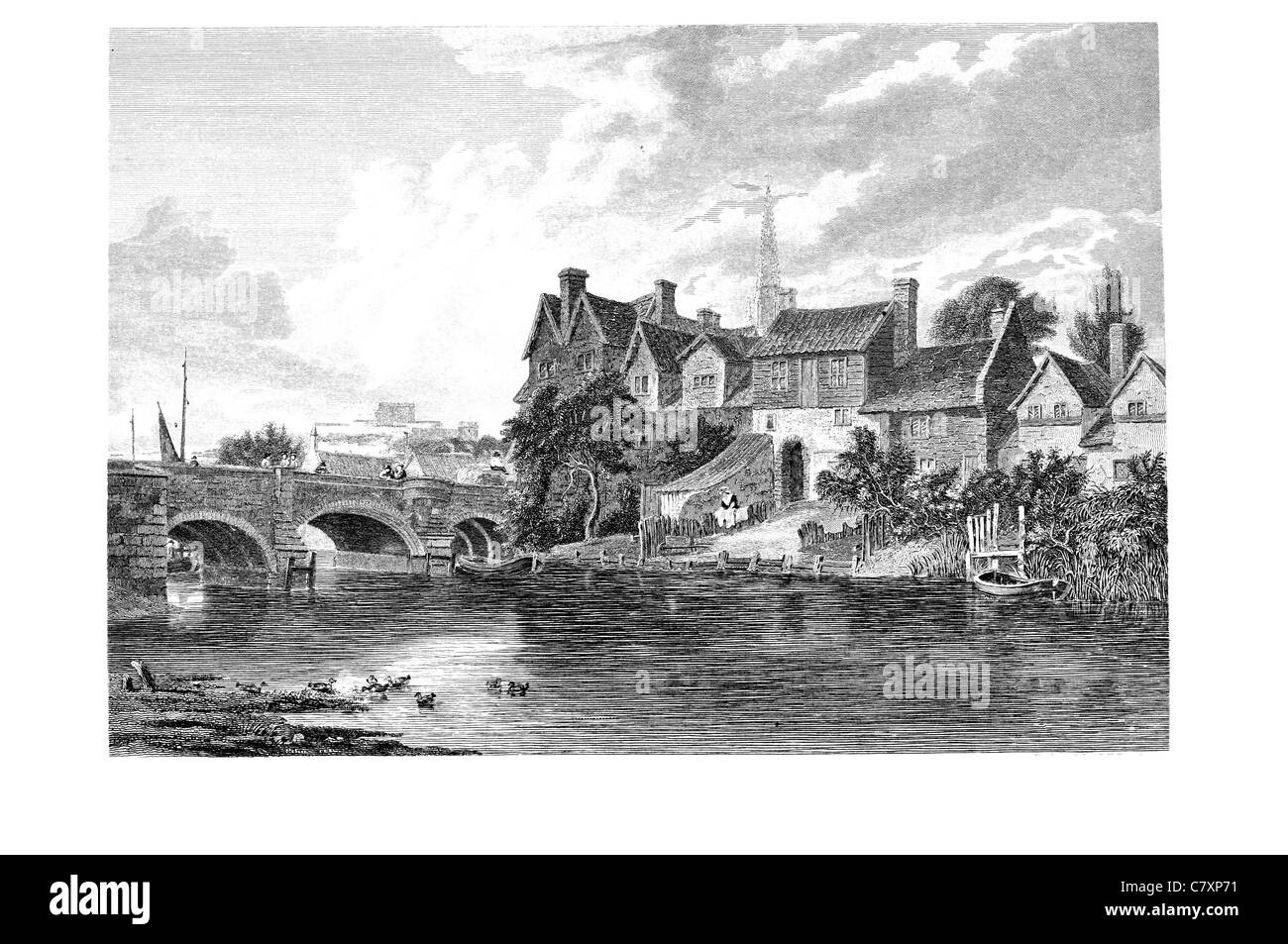Bishops bridge Norwich city England Norfolk Industrial Revolution river parish church spire traffic road ducks duck house houses

Image details
Contributor:
SOTK2011 / Alamy Stock PhotoImage ID:
C7XP71File size:
38.5 MB (2.6 MB Compressed download)Releases:
Model - no | Property - noDo I need a release?Dimensions:
4502 x 2990 px | 38.1 x 25.3 cm | 15 x 10 inches | 300dpiDate taken:
2011More information:
Norwich is a city in England. It is the regional administrative centre and county town of Norfolk. During the 11th century, Norwich was the largest city in England after London, and one of the most important places in the kingdom. Until the Industrial Revolution, Norwich as the capital of England's most populous and prosperous county, vied with Bristol as England's second city. The urban area of Norwich has a population of 259, 100. This area extends beyond the city boundary, with extensive suburban areas on the western, northern and eastern sides, including Costessey, Hellesdon, Old Catton, Sprowston and Thorpe St Andrew. The parliamentary seats cross over into adjacent local government districts. 135, 800 (2008 est.) people live in the City of Norwich and the population of the Norwich Travel to Work Area (i.e. the area of Norwich in which most people both live and work) is 367, 035 (the 1991 figure was 351, 340). Norwich is the fourth most densely populated local government district within the East of England with 3, 480 people per square kilometre (8, 993 per square mile). Norwich has a wealth of historical architecture. The medieval period is represented by the 11th century Norwich Cathedral, 12th century castle (now a museum) and a large number of parish churches. During the Middle Ages, 57 churches stood within the city wall; 31 still exist today.[112] This gave rise to the common regional saying that it had a church for every week of the year, and a pub for every day. Most of the medieval buildings are in the city centre. Notable examples of secular medieval architecture are Dragon Hall, built in about 1430, and The Guildhall, built 1407–1413, with later additions. From the 18th century the pre-eminent local name is Thomas Ivory, who built the Assembly Rooms (1776), the Octagon Chapel (1756), St Helen's House (1752) in the grounds of the Great Hospital, and innovative speculative housing in Surrey Street (c. 1761).